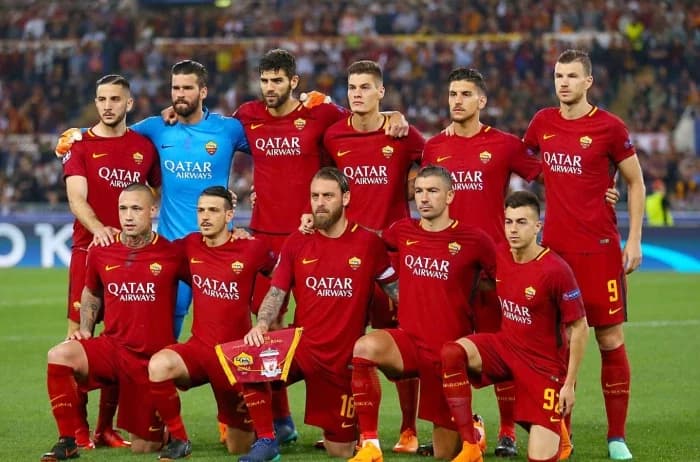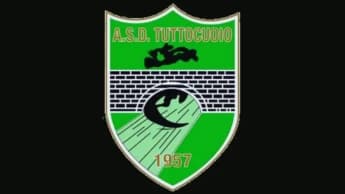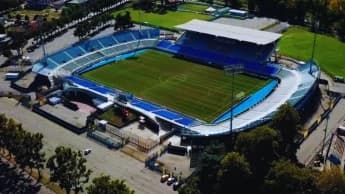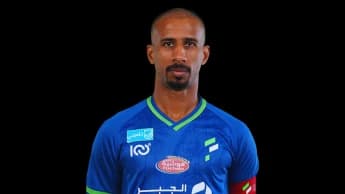
A.S. Roma, established in 1927, has become an emblem of Rome’s spirit, showcasing a legacy of achievements and a promising future in domestic and European football.
Founded in 1927 by merging three smaller Roman clubs, Associazione Sportiva Roma (A.S. Roma) was created with the ambition of establishing a footballing force in the Italian capital. This merger, led by Italo Foschi, aimed to challenge the supremacy of Northern Italian clubs while nurturing a team that would embody the essence and spirit of Rome. Throughout the years, Roma has become a vital element of the city's identity, reflecting the strength, passion, and pride of its inhabitants.
The distinctive colors of Roma, carmine red and golden yellow, carry profound significance. Drawing inspiration from Roman imperial flags, these shades not only reflect the club’s cultural heritage in the Eternal City but also symbolize its ambitions for excellence. When combined with the emblem of the she-wolf, these colors forge a connection to the legendary founding of Rome by Romulus and Remus, further entwining Roma’s identity with the rich historical narrative of the city.
Since 1953, the Stadio Olimpico has served as the home ground for Roma, witnessing their greatest victories and most intense confrontations. The stadium, which they share with Lazio, is the backdrop for the Derby della Capitale, one of the most heated rivalries in football. Off the field, the Roma fanbase is celebrated for its passionate support and vibrant displays, creating an unbreakable connection with the team, making Roma not just a club, but a true family.
Achievements of the Team
Throughout nearly a century of football, A.S. Roma has established a proud heritage, highlighting three Serie A titles. Their first scudetto was secured in the 1941–42 season under the guidance of Alfréd Schaffer, with Amedeo Amadei contributing an impressive 18 goals. The second victory came in 1982–83 with Nils Liedholm at the helm, bringing a long-awaited triumph after 41 years and marking a golden age for the club. The third title, achieved in 2000–01, is fondly remembered, as Francesco Totti, Gabriel Batistuta, and Vincenzo Montella propelled Roma to success under the management of Fabio Capello.
On the domestic front, Roma has won a total of nine Coppa Italia titles, starting with their inaugural victory in 1964 and their latest triumph in 2008. Furthermore, the club has also secured two Supercoppa Italiana titles. These accomplishments demonstrate Roma's capability to remain competitive for trophies, even during difficult times.
Roma has experienced both victories and near-victories on the international scene. The club secured its first European title in 1961 by winning the Inter-Cities Fairs Cup against Birmingham City. In 2022, they made history by clinching the inaugural UEFA Conference League under the management of José Mourinho. Despite the lingering heartbreaks from the 1984 European Cup and recent Europa League finals, these moments highlight Roma’s resilience and their commitment to achieving success on the European football stage.
Advantages & Disadvantages
A.S. Roma currently excels due to its tactical flexibility, passionate leadership, and a mix of seasoned veterans alongside emerging talents. The team features notable skill in critical roles, with players such as Paulo Dybala and Lorenzo Pellegrini contributing both creativity and leadership. Moreover, under the direction of José Mourinho, Roma's style of play has gained a pragmatic dimension, focusing on discipline and strategic execution, particularly in high-stakes situations.
Nonetheless, the team encounters obstacles that have affected their ability to perform consistently in the league. Defensive weaknesses, especially when facing top-tier opponents, continue to be a significant issue. Although Roma's capabilities in counter-attacking often yield positive outcomes, their lack of defensive structure can expose them in critical situations. Additionally, injuries to important players frequently break the team's rhythm, emphasizing the necessity for improved squad depth and resilience.
To realize their full potential, Roma needs to tackle these weaknesses by enhancing their defensive line, increasing squad depth, and improving their capacity to control possession. Such improvements could establish Roma as a regular contender for top titles in Serie A and other competitions.
Tactics & Style of Play
A.S. Roma’s tactical approach embodies a combination of traditional Italian defensive rigor and innovative attacking flair. Under the management of José Mourinho, the team has embraced a pragmatic strategy that emphasizes defensive strength while capitalizing on counter-attacks. This methodology was particularly successful during their UEFA Conference League victory, where well-executed tactics helped them overcome more formidable opponents.
Creativity in the midfield is crucial to Roma’s style of play. Lorenzo Pellegrini, a vital player, sets the game's tempo while delivering precise passes and effective set-pieces. The wingbacks frequently advance high up the field to provide width, which helps Roma to spread opposing defenses and open up opportunities for attackers like Paulo Dybala. Their strategy of quick transitions allows Roma to take advantage of any disorganization in the defensive lines of their opponents.
Alongside their tactical versatility, Roma has built a reputation for their tenacity in crucial matches. Whether executing a high-press strategy or retreating to absorb pressure, the team is capable of adjusting to various situations. This flexibility, paired with Mourinho’s strategic insight, positions Roma as a strong contender in both domestic leagues and European tournaments.
Memorable Matches
The 1982–83 Serie A title-winning season for Roma marks a significant milestone in the club’s history. It concluded with a decisive 3–1 victory over Genoa, which secured the long-desired scudetto. With legendary figures such as Roberto Pruzzo and Bruno Conti at the helm, this victory sparked jubilant celebrations throughout Rome, solidifying the team’s legacy.
A significant moment in Roma’s history occurred during the 1984 European Cup final against Liverpool, held at the Stadio Olimpico. Although Roma did not succeed in the penalty shootout, their remarkable path to the final highlighted their rise as a formidable presence in European football. This match is remembered as a bittersweet episode, reflecting both Roma's ambitious spirit and their ability to compete with the finest teams in Europe.
The 2000–01 Serie A title, which marked Roma's third championship, is regarded as a significant milestone in the club's history. They clinched the title with a 3–1 victory against Parma on the last matchday, featuring goals from Totti, Batistuta, and Montella. This period signified the start of Totti's legacy as a club icon and solidified Roma's reputation as a major force in Italian football.
Future Outlook
The development of a new, cutting-edge stadium marks an exciting new era for Roma. This facility is intended to enhance the matchday experience, increase revenue, and position the club as a significant financial and competitive entity in European football. This initiative reflects Roma's desire to embrace modernization while preserving its rich heritage.
The development of youth players is a key element of Roma’s strategy. The club is dedicated to enhancing its academy, fostering local talents who have the potential to follow in the footsteps of legends like Totti and De Rossi. This focus on nurturing young athletes guarantees a steady flow of talent that resonates with Roma’s identity and long-term aspirations.
As they look to the future, Roma aims to consistently vie for trophies in both Serie A and European tournaments. With a solid squad, an ambitious managerial structure, and the steadfast backing of their devoted supporters, Roma is set to expand upon its rich history and reach new heights. The prospects are bright for the Giallorossi as they endeavor to write more chapters in their remarkable legacy.





